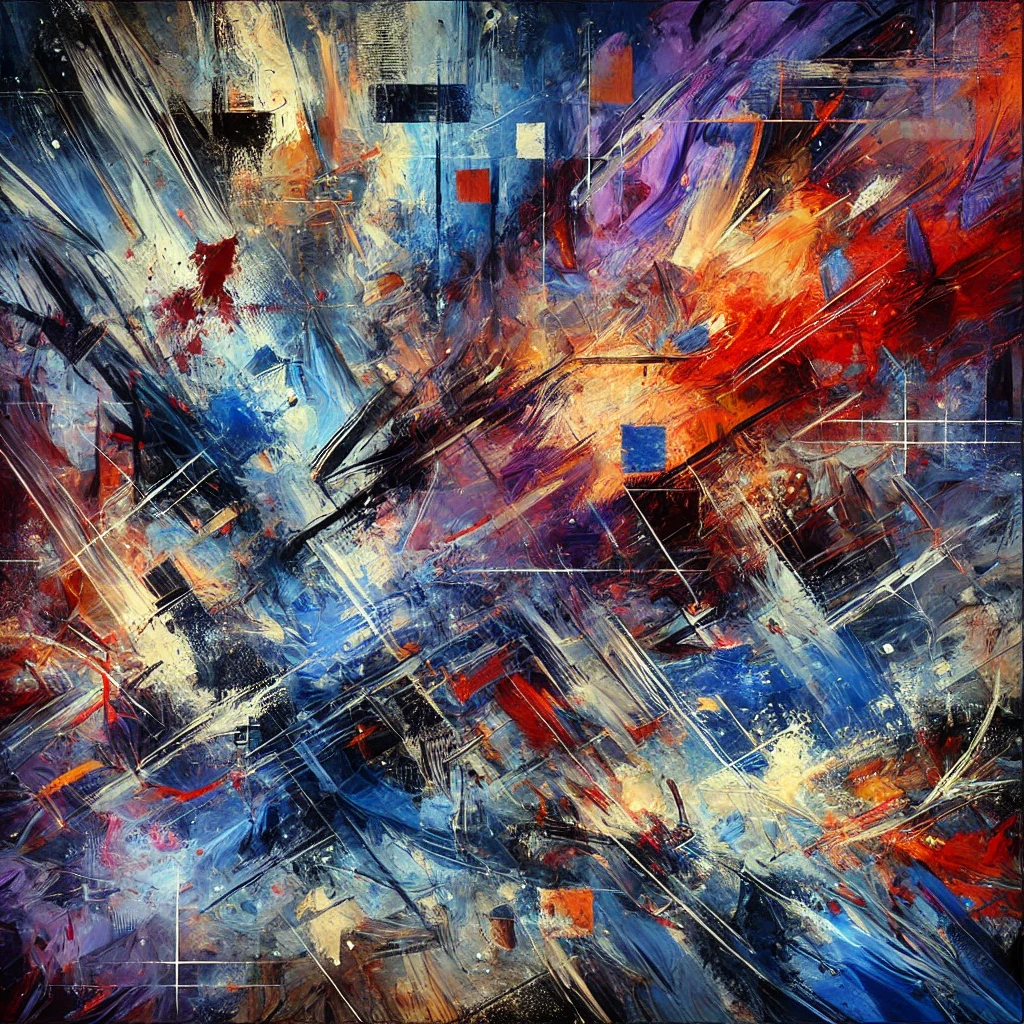a pilgrimage to the masters
You will learn more from watching a master at work than hours of practice.
Watching a master at work can teach you things no amount of solo practice ever could — not because practice isn’t important, but because observation gives you context, nuance, and feel.
It’s not either/or. It’s both. Witnessing and practicing are integral, complementary parts of one's practice portfolio.
While in college, I went to see Paco de Lucía perform in Chicago — one of flamenco’s greatest guitarists to ever live. I almost didn’t go because of the $65 price tag.
I convinced myself it was a birthday gift. I was smiling ear to ear the whole show, amazed not only by his technique but by his musicality. Watching the dancers and singers perform alongside him added another layer of awe.
He died just a few years later. I still think about how grateful I am that I went.
That show didn’t just inspire me. It gave me something to integrate: this is what mastery looks like.
I went to see Brad Mehldau, Christian McBride, and Marcus Gilmore last night at SF Jazz. These are some of the heaviest hitters in jazz, whose legacy and flow through music advance the vanguard of jazz. Mehldau’s melodic instincts and mindblowing independence between hands, McBride’s unmatched speed and intonation on the upright bass, and Gilmore’s deep pocket and smooth control — it was a masterclass in musical conversation. These players are as good as it gets.
The tickets weren't cheap though, and I have a general policy of attending things that are either free or cheap. Scarcity mindset aside, that policy is an artifact from my past — one that’s kept me lean, but also gets in the way. It could have easily stopped me from going to see this performance.
As musicians, we learn by watching, observing all the little things. How are the musicians communicating with each other? How are they communicating with the audience? What musical ideas — harmonic explorations, metric modulations, motifs — do they explore throughout their set? What is the arc of their solos?
When we go see the greats, we’re not just witnessing skill — we’re participating in their legacy.
There is no replacing a live show. Yes, you can watch YouTube to learn. But, at least for me, going out to watch a live show is a whole other level of engagement. All my senses are enlivened. There's a social energy in the room. You are getting the full picture of what a performance is. And it's easier to be fully engaged — being in a space dedicated to performance, rather than your own home with all its other associations and distractions.
So here's my invitation: if you are following an artistic path, go see the masters at work. Watch them, learn from how they play, observe them attentively. And remember, this may be one of the only times you get to see them. Think of it as a pilgrimage in your artistic journey.
Some of us only get to be pilgrims once — one chance to witness greatness up close. Don’t let it pass you by.
That one night might shape your artistry for a lifetime.
